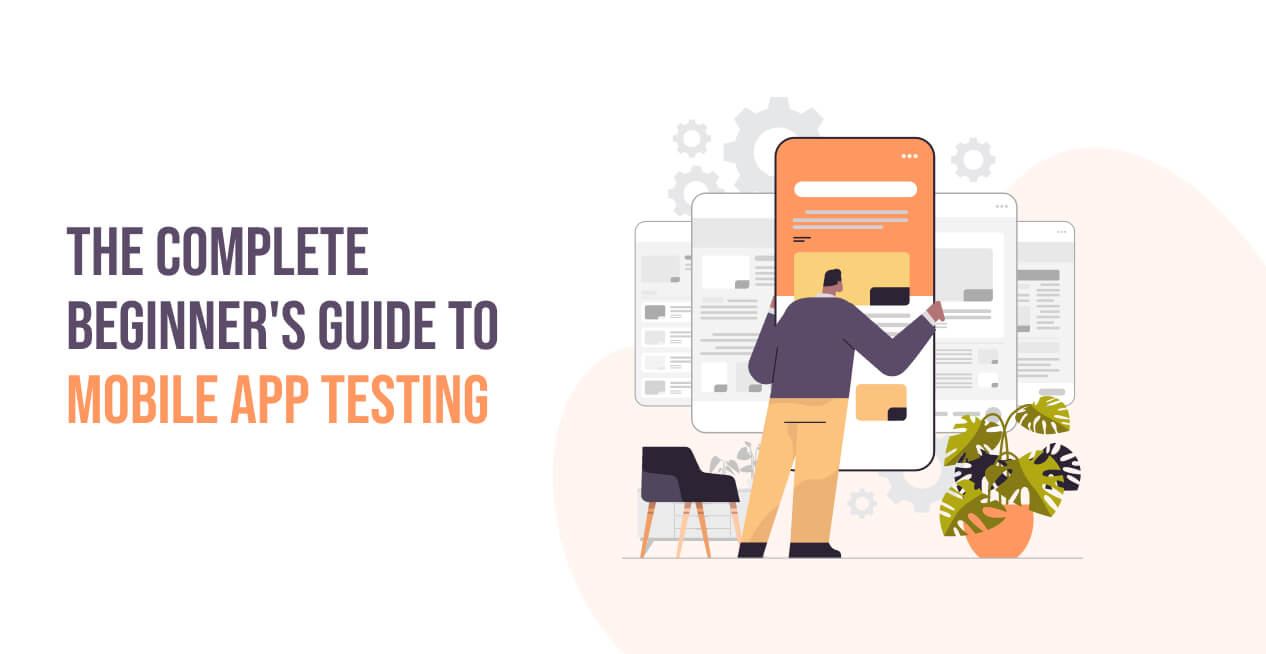-
Introduction to Mobile App Testing
-
Mobile Application Testing: What is it & Why it Matters
- Types of Mobile App Testing
-
Benefits of Mobile App Testing
- Mobile App Testing Challenges and Its Solutions
- Steps to Follow in Mobile App Testing
-
Best Mobile App Testing Tools in 2024
- Mobile App Testing Best Practices in 2024
- Test Cases for Testing a Mobile App in 2024
-
Want to Test your Mobile App? (Contact OpenXcell)
- FAQs about Mobile App Testing
Introduction to Mobile App Testing
Your smartphone is much more than just a calling gadget; when you install certain helpful apps, it transforms into a virtual personal assistant. For developers, it is challenging to deliver a high-quality app in the current market, but an app’s success depends on putting a proper mobile app testing strategy in place.
According to Statista’s data, the average person uses mobile applications for 5.01 hours every day. This suggests that the demand for mobile apps is rapidly increasing. When we’re discussing developing an app, “Mobile Application Testing” is a crucial stage to consider. Right before release this step follows the creation of a mobile application. Mobile app testing is practiced to deliver customers and the app’s target audience a delightful experience. The question now becomes what goes on behind the scenes of the mobile testing of an application? This blog comprises of a synopsis of the subjects associated with mobile app testing.
Mobile Application Testing: What is it & Why it Matters
The process of thoroughly evaluating an application, created for a mobile device, is known as machine application testing. It involves the activity of evaluating the app while concentrating on factors like effectiveness, adaptability, stability, etc.
Why testing is important? Testing mobile applications is vital since it is necessary for an app to survive in the market. Post-release, it is important to ensure the app satisfies the technical requirements as well as the needs of the end customers. That is why, in the mobile testing phase, a mobile app is examined from all the UI, performance, and security angles.
Types of Mobile App Testing
There are a variety of Mobile applications that are introduced to the market every day. Amongst these, there are three different categories of mobile apps, and each category has a unique coding structure.
- Native applications that are explicitly designed for iOS or Android devices,
- Hybrid applications that are cross-platform and compatible with every operating system and
- Progressive Web Applications that use standard web technologies like HTML and CSS to function on any device.
For these different types of applications, there are a few common testing models. Given below are the most popular ones:
1. Functional App Testing
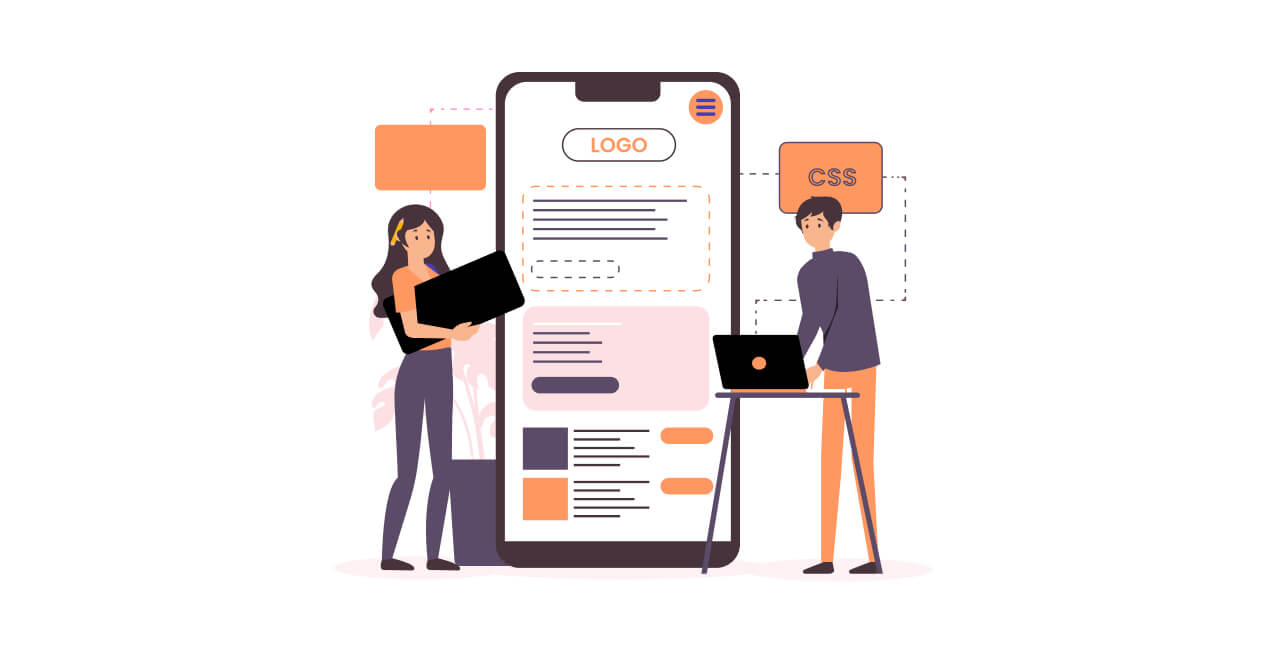
Functional Testing checks whether the mobile application is working according to the predetermined requirements or not. The combination of manual and automated methods in functional testing is best suitable to check this. Functional testing is conducted at an initial stage of the testing process by individuals or groups involved in the app development. This is an important testing phase and a priority because the user will quickly uninstall it if doesn’t find it functional.
A functional test strategy for mobile apps usually assesses the following significant factors:
- Core and business-critical features
- Basic user flows
- Taking action in response to disruptions [incoming calls, low battery, loss of internet connections, etc.
- Payment portals
- Warning signs
2. Performance App Testing
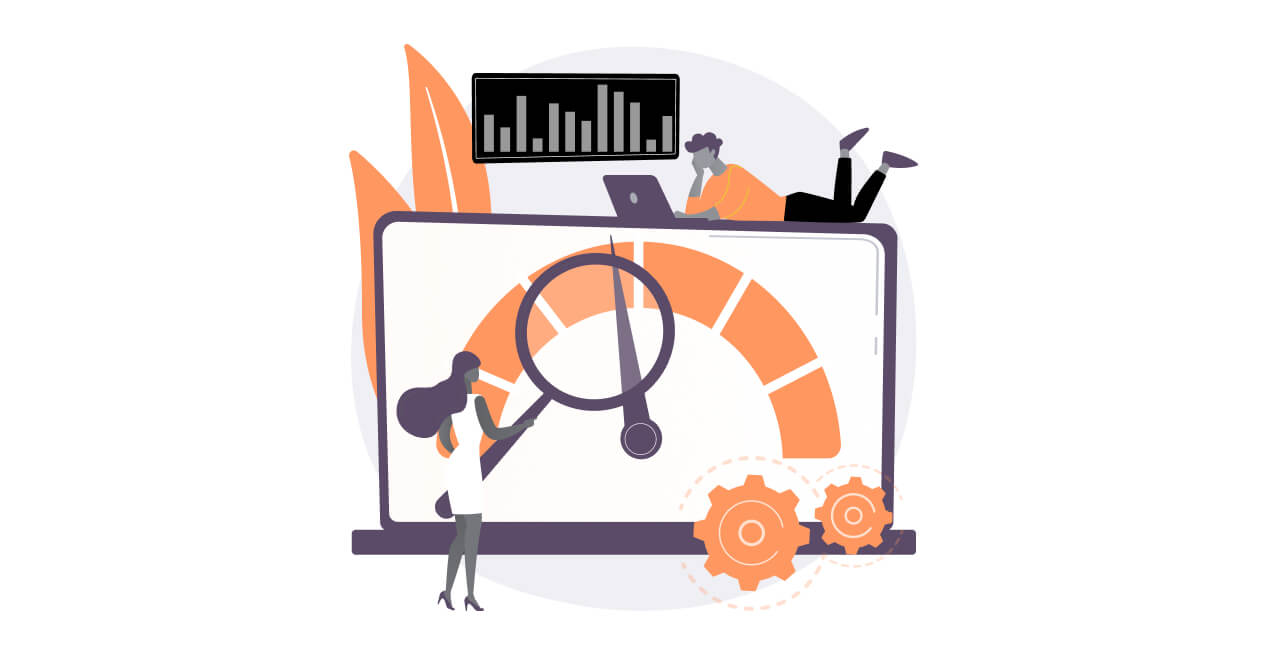
In Performance testing, an app is tested to see if it can handle a large number of users, database requests, or server removals. This requires testing the model under minimum average and peak user numbers, with adequate network coverage. Developers or testers undertake this testing in order to find any application bottlenecks or errors.
This testing is done beforehand to avoid uninstalls on the user end. If the user discovers the application is not functioning properly in accordance with events, he or she may become irate and uninstall the app in less than a minute.
A mobile app performance test strategy usually assesses the following significant factors:
- App responsiveness and startup times
- Memory data and data usage
- Interaction with other apps
- Network conditions and adjustments are ongoing.
3. API Testing
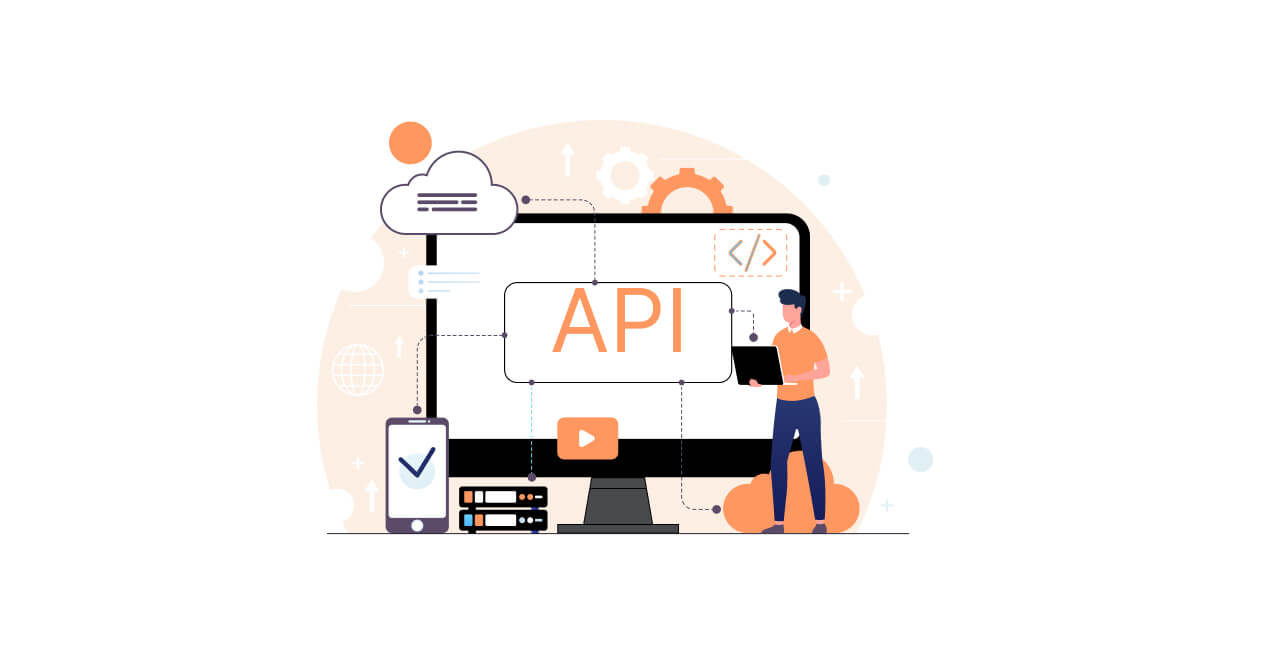
Application Programming Interface, or server API, is a common interface used by applications. An API facilitates data exchange between the separated software parts. A QA expert examines whether or not the response time between the API and server is accurate.
An API test plan for mobile apps should assess the following crucial factors:
- Server data transfer
- API calls
- Server time-off
4. Usability App Testing

An app must be intuitive enough for users to navigate. Thus, usability testing counters users’ opinions on layout design and overall interaction of the app.
A usability test plan for mobile apps should assess the following crucial parts:
- Consistency in design and layout between portrait and landscape modes
- User flow logic
- The interface’s intuitiveness of Graphic components’ positioning
- Readability and simplicity of text
5. Compatibility App Testing
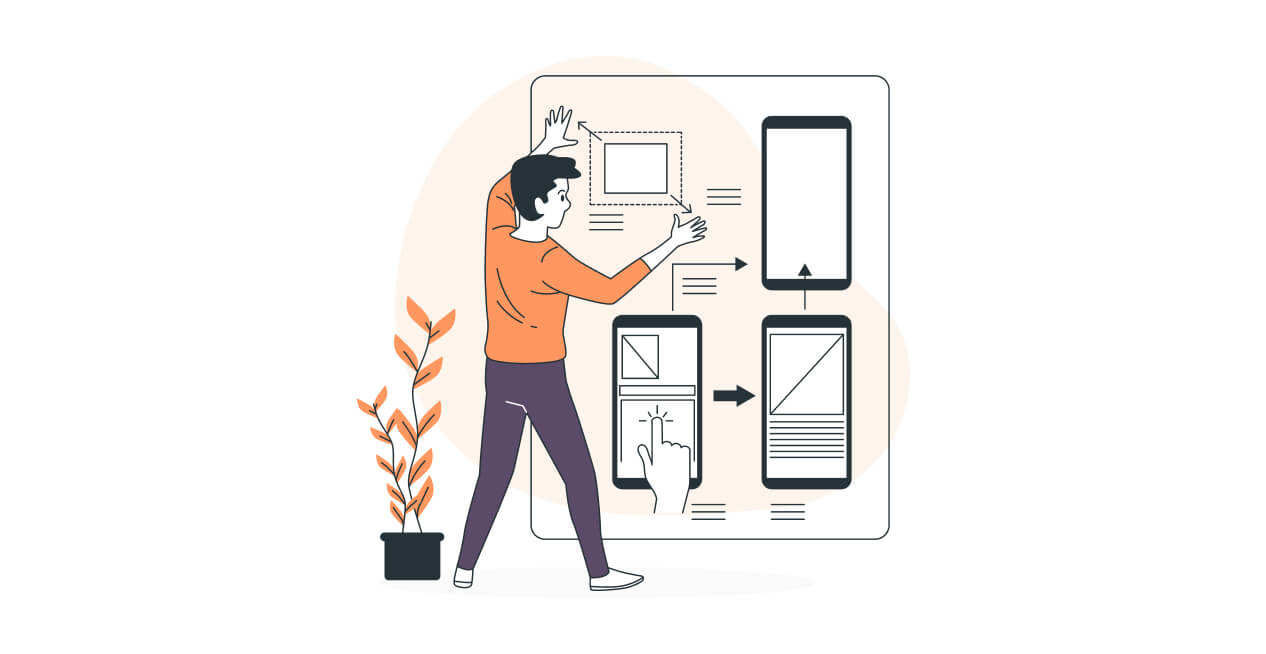
The screen resolutions, internal hardware configurations, operating systems, and software versions of contemporary mobile devices vary widely. As a result, an app is tested on as many different devices as feasible, so a product owner can be sure that it works on various smartphones.
A mobile app compatibility testing plan should assess the following crucial elements:
- Performance & user interface on multiple screen sizes
- Operating systems and browsers
6. Localization App Testing
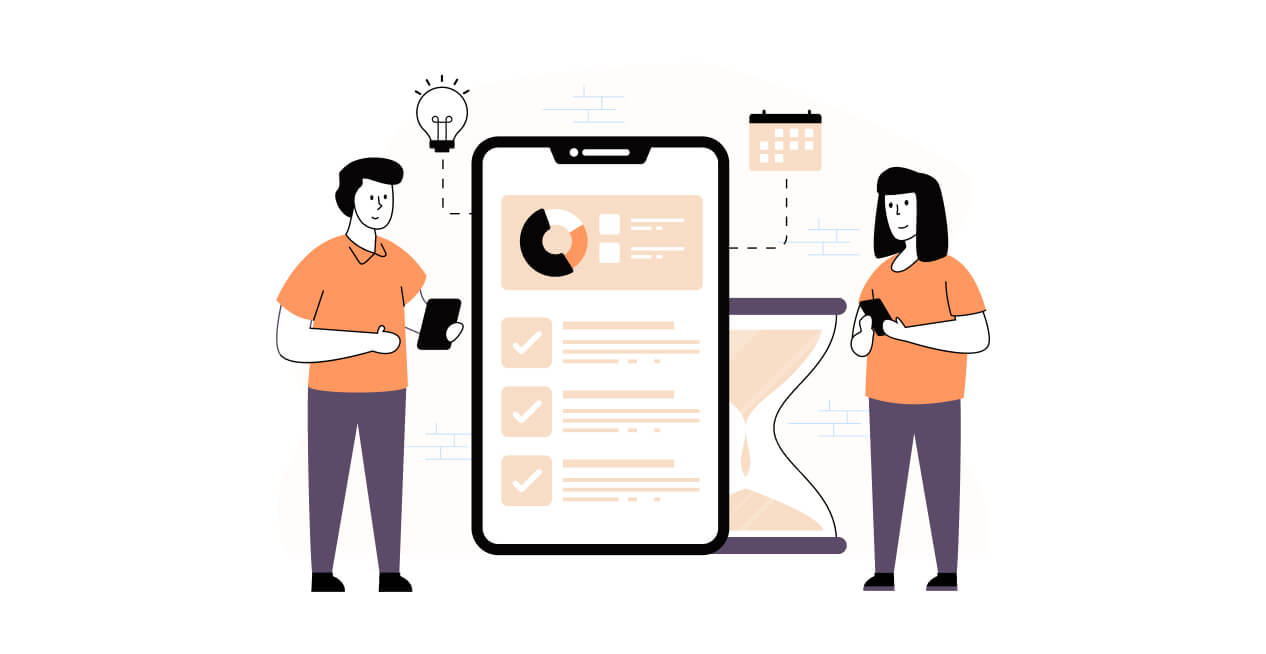
It’s a well-known fact that the more people feel comfortable with your app, the wider audience you get. The process of localization testing can help in adapting the app to the target markets and increase reach.
The following factors are usually assessed by a mobile app localization test strategy:
- Default language
- Data format
- Metric system
- Text input parameters
- Currency
Benefits of Mobile App Testing
1) QA experts examine solutions (apps) on actual devices rather than simulators to make sure they work as intended.
2) Testing enables experts to comprehend the feelings of end users and forecast whether people will keep using a product (app).
3) Deep analytics can help businesses build a good reputation and reach a larger audience through proper functioning and usability.
4) Testing can cut down on time, expense, and time-to-market. In the long run, it generates greater profits.
One must reach out for mobile app testing services to obtain more advantages. Their comprehensive services can give businesses impeccable solutions.
Mobile App Testing Challenges and Its Solutions
1. Device fragmentation
Device fragmentation is a significant challenge for mobile app testing because there are more and more active devices running an app. Teams of testers must guarantee that app must be installed on various operating systems and versions of the same operating system.
Solutions for overcoming device fragmentation:- It is simpler to use a cloud-based mobile app testing interface to:
- Upload the application, with simply one click
- Test the app on several iOS simulators and Android emulators
- Monitor the apps’ quality
- Count on the cloud for quick deliveries and other things
2. Varying screen sizes
Businesses create smartphones with different screen specifications, to appeal to a wider audience of customers. This necessitates the creation of apps in conjunction with every new screen specification released in the market. Developers now need to concentrate on mobile screen adaptation, including resizing and adjusting to various screen resolutions. Unless an application is well-tested, this can be difficult.
3. Battery usage
Testing mobile apps for heavy battery utilization requires testing for high battery consumption, which is difficult given the increase in battery-intensive apps. Stronger batteries have been offered by mobile manufacturing businesses as a solution, however, consumer discontent is still a problem. To ensure a fantastic user experience, apps must be tested to make sure they are not using too much power.
4. Browser Fragmentation
Even though your mobile application is a progressive web app, you must test it on popular browsers to make sure it functions properly.
5. Third-party integrations
Third-party integrations should be verified to guarantee they function properly in the current app context, due to the fact that they are not a part of the source code and have their own set of requirements.
Steps to Follow in Mobile App Testing
After compiling the checklist of testing, thereafter follow the given step-by-step process to conduct mobile application testing:-
1. Developing a successful plan and strategy
Making a plan and a strategy to implement is the first step of testing mobile apps. This stage is crucial since all subsequent steps rely on this one. This process entails determining the app type, setting the requirements, locating the intended devices, and performing additional tasks.
2. Recognising the necessary test type
Although every person’s mobile device is different, the ultimate objective should be, for the application, to run smoothly and support iOS and Android. It is required to execute a combination of manual, automated, and cloud simulator testing to obtain validated results regarding the same. Putting this into practice reveals all the flaws and faults.
3. Developing test cases and scripts
At this level, creating test cases for each app function is the main priority. The documentation consists of test cases of the app’s features and functions. Additionally, it includes a few exceptional cases that are also discussed.
A distinct suite of manual test cases and automated test scripts must be created depending on the situation. Identify the reusable automation scripts and tweak them as necessary.
4. Creating the testing environment
Follow these procedures to set up the testing environment:
Stage 1: Determine the type of testing for implementation
Manual and automated test cases for the ILL application must be run on each supported browser. Manual and automated test cases must be used for usability, functional, and compatibility testing.
Stage 2: Executing manual and automated testing
Agile testing is utilized to test the mobile application, with the developers releasing the product and the testing team conducting test cases in Quality Assurance. The new functionality is tested manually, and JIRA is used to record and re-verify faults and set acceptance criteria. The client confirms any issues and the application’s functionality during beta testing.
Stage 3: Beta Testing
Following regression testing, the quality assurance team re-verifies defects to ensure the application functions as expected on approved browsers.
Stage 4: Performance evaluation
The effectiveness of online applications can be evaluated using JMeter and increasing loads.
Stage 5: Testing in browsers
Real mobile devices and simulation tools can be used for browser testing.
Stage 6: Launch Plan
At the conclusion of the fourth week, testing is moved into staging to ensure the product is prepared for production and going Live.
Best Mobile App Testing Tools in 2024
| Mobile App Testing Tools | Platforms | Pros of Mobile app testing tools | Cons of Mobile app testing tools |
| a) HeadSpin | iOS | – Cross-browser testing– Real device testing– User friendly– Easy mobile app testing– Broad range of integrations– Record & playback feature | – Pricing is too high for small companies– Freemium version– Not Open Source– API Testing can be added |
| b) TestComplete | Android and iOS | – Git integration– Compatible with many software products, web applications, and mobile applications– A lot of build in actions– Project structure is very good– Easy for beginners– Support multiple languages– Easy to learn basic tests– Easy for manual testers | – Supports Windows only– Test Suite runs – Running test Suite (improvements)– Name Mapping issue– Scripting |
| c) Kobiton | iOS and Android Device Cloud | – Value for money– Ease of use– Features– Customer support | – Doesn’t support delayed test runs |
| d) Avo Assure | Android and iOS | – 100% Scriptless Automation– Seamless Cross-Platform Testing– True Thin Capability– Business User Friendly– Integrated Requirement Visualization with Mindmap– Integration with most of the SDLC related products– Integration with CI/CD tools– Dashboards and Reports– Visual Test assets hierarchy mapping and traceability | NA |
| e) Eggplant | Android and iOS | – Great automation– Easy to learn– Testing platform is robust– Support team– No set-up fee– Installing & setting up is easy | – Database testing is not very feasible– Slow loading speed– Not an open-source– Reporting mechanism is poor– Manual interpretation is required |
| g) testRigor | iOS, Android, mobile web, API | – Open-source– Builds tests up to 15x faster– Reduces maintenance– Implements reusable modular Rules– Easy to implement in a natural language– Ensures maximum test coverage and quality– Excellent documentation | – Lack of test management system |
| h) Appium | Android and iOS | – Open-source platform– Provides cross-platform for hybrid mobile applications– Supports JSON wire protocol– It doesn’t require recompilation of the App– Supports automation test– Independent | – Limited support for hybrid app testing– No support to run Appium inspector on Microsoft windows– Testing of Android that is lower than 4.2 |
Mobile App Testing Best Practices in 2024
You must be familiar with the benefits, challenges, and various testing methods up to this point. Here are a few guidelines for mobile application testing best practices in 2023. By considering these best practices, your QA team may ensure that no significant elements are missed throughout the testing process.
1. Recognise the mobile app’s full functionality.
It’s crucial to comprehend the entire functioning of any application before testing is done. Knowing this can assist in determining the appropriate test cases that should be created and whether the overall test coverage metrics are satisfactory.
2. Invest in user-acceptance testing.
For mobile apps, the user experience is of utmost importance. But there are ifs and buts; the app can break through or produce better results. Users like applications that are both functional and simple to use. Mobile usability testing regulations should be applied with extreme caution.
3. Conduct the testing considering real-time scenarios.
Mobile app testing must take into account the context of the real world. This covers erratic network performance, longitudinal division, GPS locations, SMS interruptions, and low battery warnings.
4. Manage and keep track of OS upgrades.
If a mobile app doesn’t function after an OS upgrade, it will be detrimental to the app. Thus, the QA testers must manage and monitor the need for mobile app upgrades.
5. Test frequently, and early.
Mobile application testing prevents app errors and issues. To create a reliable and stable app, the app should be tested in the project’s early stages of milestones. Automated features reduce test time and effort.
6. Dividing the testing into smaller units.
Every tester must focus on smaller units of the testing process that aids in thoroughly testing every aspect of the app. This involves evaluating specific app features or modules.
7. Pan-up testing using real devices.
Prioritize testing on actual devices with cloud testing services, which are affordable and well-liked by mobile app testers.
Test Cases for Testing a Mobile App in 2024
Let’s explore a few primary test cases for mobile applications
- Functional Testing Test Cases
- Performance Testing
- Security Testing Test Cases
- Usability Testing Test Cases
1. Functional Testing Test Cases
To conduct the basic testing of the mobile application, functional testing is carried out:
- To check if the application acts as expected whenever it stops or starts
- To verify that all essential field works are completed as planned and to see if they are presented in a precise way
- To check if the app minimizes itself when a call or pop-up notification comes in
- To verify that the app’s scroll feature performs as intended
- To determine whether the page navigation between the various modules complies with the criterion
- To verify that the auto-login and auto-logout functions properly
- To determine if an application is capable of multitasking
- To check if the application supports social media features like sharing, posting, and navigating.
- To determine if the software supports integration with third parties
- To determine whether the app displays the error message during erroneous scenarios
- To determine whether the application interrupts with other running background applications
- To determine whether the app offers a user manual for those users who are unfamiliar with the app
2. Performance Testing
The primary performance of the application matters, especially under a few performance conditions like access by many users:
- To determine whether an application can handle the desired load
- To determine whether the application runs as expected under varying loads
- To check if the response time is as per the requirements or not
- To locate the app and any infrastructure issues that may be preventing it from operating at the required levels of acceptability
- To determine whether the app can function using different network capacities (2GB, 3GB, or 4GB)
- To prevent the memory utilization, camera performance, CPU performance, and GPS of the application
- To determine whether each CPU cycle is optimized for the required performance
- To check if the app performs in a different client-server configuration
- To check the application’s longevity whenever it is rigorous
3. Security Testing Test Cases
Security testing ensures that the application’s data and networking-related security are met according to the guidelines:
- To determine whether the application can withstand an unexpected force attack
- To determine whether an attacker can breach or obtain user data
- To determine whether the application can defend against malicious injections during run-time
- To assess the dynamic dependencies and take precautions against such assaults
- To verify if the app has a strong password protection system
- Checking the session expiration time
- To check whether the cryptography code has been fixed after being broken
- To assess how well the application is protected against SQL assaults
- To check the validity of the certificates
- To determine whether the app can stop memory corruption
- To verify data stream vulnerabilities
- To determine whether the business logic implementation is secure
- To verify the cookies and guard against malicious attempts
- To conduct routine data protection audits
4. Usability Testing Test Cases
Usability testing test case ensures that if the application is easy to use and moreover if it has industry-accepted interfaces. Some typical test cases include:
- To ensure that the button sizes are appropriate
- To make sure the buttons are positioned correctly
- To ensure that the button’s color corresponds to its function
- To make sure the typeface is readable
- To check the zoom-in and zoom-out functionalities
- To ensure that the icons are uniform
- To make sure the navigation is clear and straightforward
- To make sure the app has an undo feature
- To evaluate text visibility
- To determine whether the app contains relevant content
- To make sure the menu is visible and reachable
- To make sure that the keyboard is maximized and minimize
Want to Test your Mobile App? (Contact OpenXcell)
OpenXcell is a mobile application testing company in India that offers adaptable solutions to improve customer experience scores, lower costs, and improve time-to-market. They provide all types of mobile app testing services, including automation, security, performance testing, compatibility testing, cloud testing, regression testing, and many others, to ensure a superior user experience, rich functionality, and 100% bug-free solutions.
FAQs about Mobile App Testing
1. How to do mobile app manual testing?
Mobile app testing is the process in which the developer develops an app for Mobile. It is tested to check the mobile app’s functionality, usability, and consistency.
2. How is mobile app testing different from Web testing?
The distinction between mobile and web app testing is that the former tests software applications for mobile devices. In contrast, the latter tests web-hosted software applications for functionality, compatibility, and usability.
3. Which factors should you consider while selecting a Mobile app testing tool?
There are many factors to consider for mobile app testing. Still, there are five important ones:
- To test the app across multiple configurations
- To test the app across different networks
- To test apps from various dimensions & specifications
- Validating functional & UX Test Cases
- Test automation testing & manual testing
4. What is the difference between mobile app testing and mobile testing?
The key difference between Mobile app and mobile testing is that mobile testing involves device testing. On the other hand, mobile app testing involves testing to determine whether the app is ready to function on the device.
5. Is mobile testing manual or automated?
Mobile testing for applications is the process of testing for functionality, usability, and consistency. Mobile app testing on mobile devices can be done manually or with automation.


